
A Builders's Guide to the Agent2Agent (A2A) Protocol: The Universal Language for AI Collaboration
We’ve all seen the explosion of powerful AI agents. The catch? Most of them are brilliant loners. They exist in their own digital bubbles, unable to talk to each other, which severely limits what they can achieve. This is the exact problem the
Agent2Agent (A2A) protocol was built to solve.
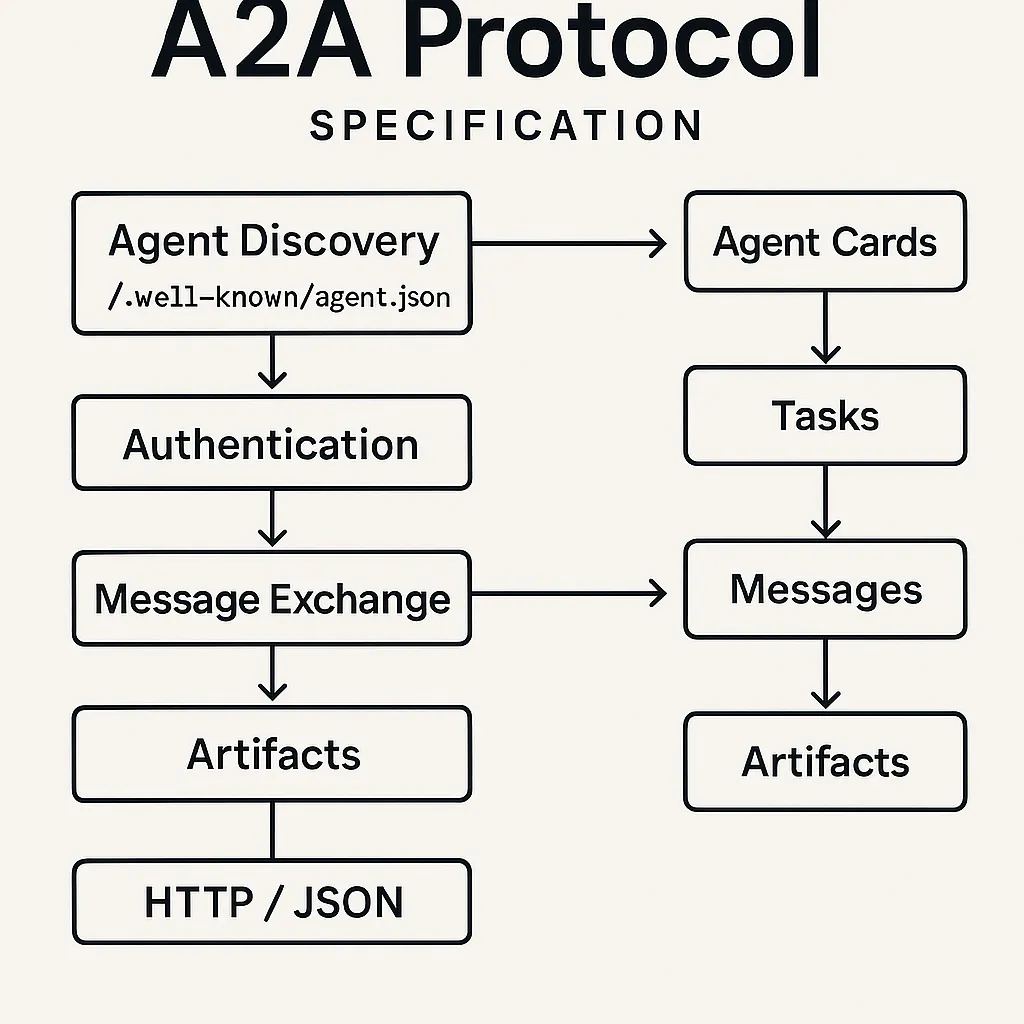
Think of A2A as a universal translator for AI. It’s an open standard that lets different agents—no matter who built them—discover each other, securely swap info, and work together. This isn’t just a niche tool; it’s a foundational blueprint for a future where AI collaborates.
Originally a Google project, A2A is now managed by the Linux Foundation to guarantee it stays open and vendor-neutral. This move has brought industry giants like AWS, Microsoft, and SAP to the table, all agreeing on a common way for their agents to communicate.
What A2A Is All About
A2A is designed to turn AI from a “single-player” game into a “multiplayer” one. It’s built on familiar, developer-friendly principles: it uses standard web tech like HTTP and JSON, prioritizes enterprise-grade security with things like OAuth, and is built to handle the kind of long-running, complex tasks we see in the real world.
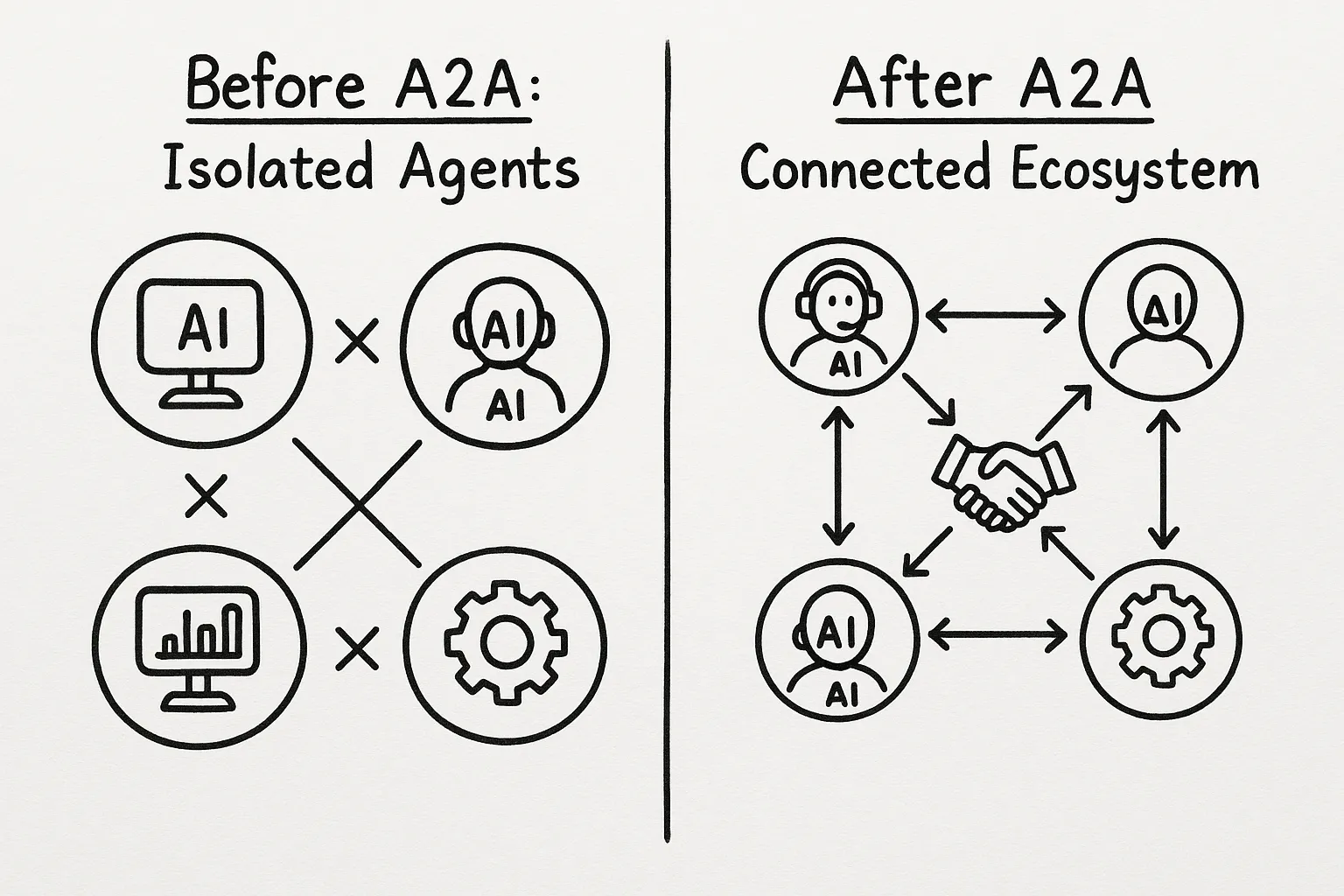
Crucially, A2A lets agents work together without having to reveal their internal code or proprietary data. A finance agent can give a risk score without sharing the secret algorithm used to calculate it.
A2A vs. MCP: What’s the Difference?
You might have heard of Anthropic’s Model Context Protocol (MCP). They aren’t competitors; they’re teammates. Here’s a simple way to think about it:
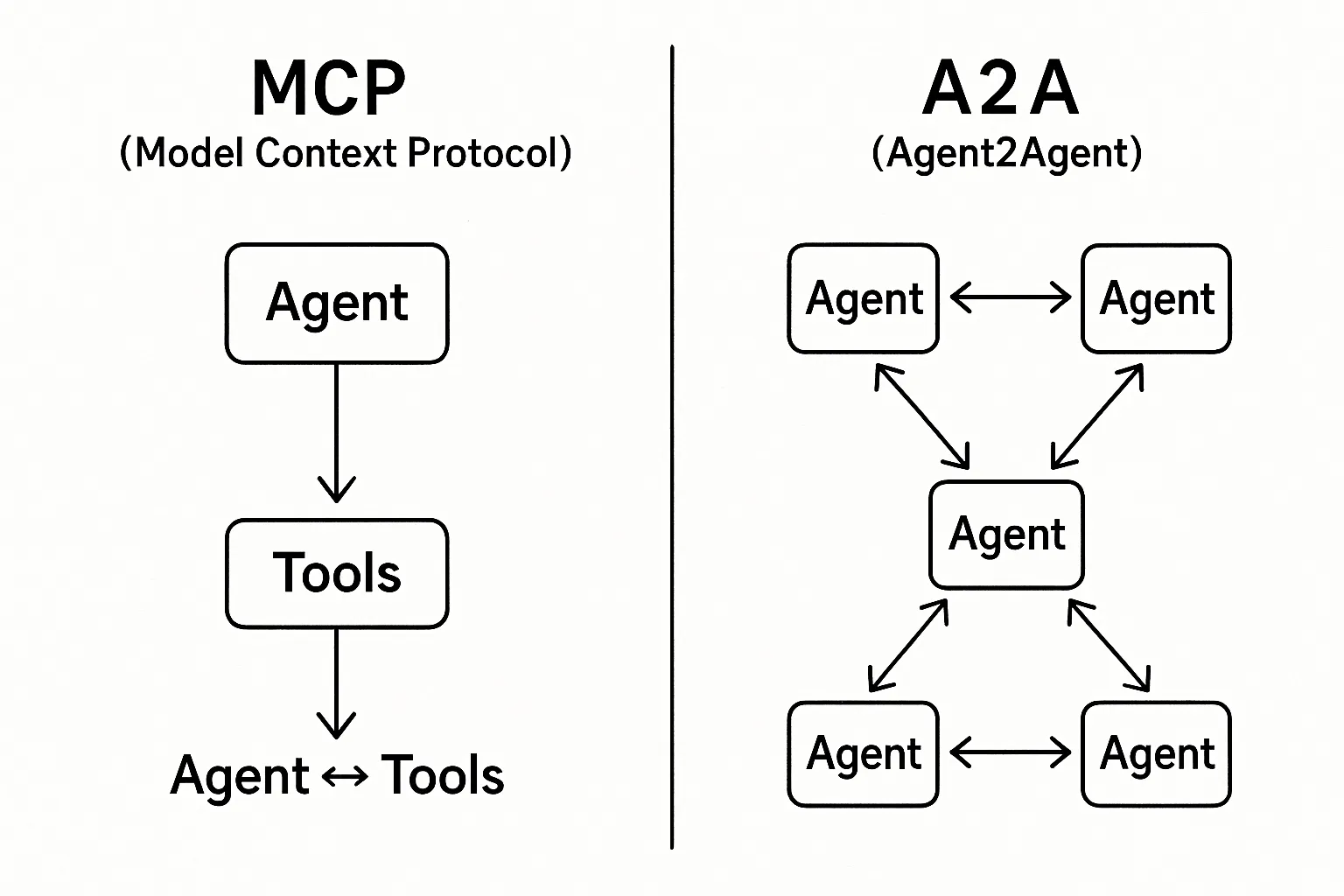
If MCP is how an agent uses a tool (like an API), A2A is how a team of agents talk to each other while they work on a project. You’ll likely use both.
How It Works: A Quick Look Under the Hood
The whole process is pretty straightforward. It starts with discovery, which is handled by the Agent Card.
The Agent Card is a digital business card for an agent. It’s a simple JSON file that lives at a predictable URL (/.well-known/agent.json) and tells other agents who it is, what it can do, and how to talk to it.
Once one agent finds another, they communicate using a few key building blocks: Tasks (the job to be done), Messages (the back-and-forth chat), and Artifacts (the final, tangible result).
A “Hello World” Example in Python
Let’s make this real. Here’s how you’d set up a simple “Echo Agent” that just repeats back whatever you send it.
The Server (The Agent Listening for Work)
# remote_agent.py - A minimal A2A Echo Server
# Based on the official a2a-samples repository
from a2a.server import A2AServer, AgentTaskManager
from a2a.server.agents import EchoAgent
from a2a.types import AgentCard
# The agent's "business card"
agent_card = AgentCard(
name="Echo Agent",
description="A simple agent that echoes back any message it receives.",
url="http://localhost:8000/",
version="1.0.0",
)
# Create and run the server
task_manager = AgentTaskManager(agent=EchoAgent())
server = A2AServer(
agent_card=agent_card,
task_manager=task_manager,
host="127.0.0.1",
port=8000,
)
if __name__ == "__main__":
print("Starting Echo Agent server on http://localhost:8000")
server.run()The Client (The Agent Sending the Task)
# client_agent.py - A minimal A2A Client
import asyncio
from a2a.client import A2AClient
from a2a.types import SendTaskPayload, Message, TextPart
async def main():
agent_url = "http://localhost:8000"
# Discover the agent and create a client
client = await A2AClient.from_agent_url(agent_url)
print(f"Successfully connected to: {client.agent_card.name}")
# Send a task with a message
task_payload = SendTaskPayload(
message=Message(role="user", parts=[TextPart(text="Hello, World!")])
)
task_result = await client.send_task(task_payload)
# Print the response
if task_result.artifacts:
response_text = task_result.artifacts[0].parts[0].text
print(f"Received response: '{response_text}'")
if __name__ == "__main__":
asyncio.run(main())The Road Ahead: The Emerging Agent Economy
A2A is more than just a protocol; it’s the foundation for a new, automated economy. As the ecosystem matures, four key areas will define the future for developers and businesses.
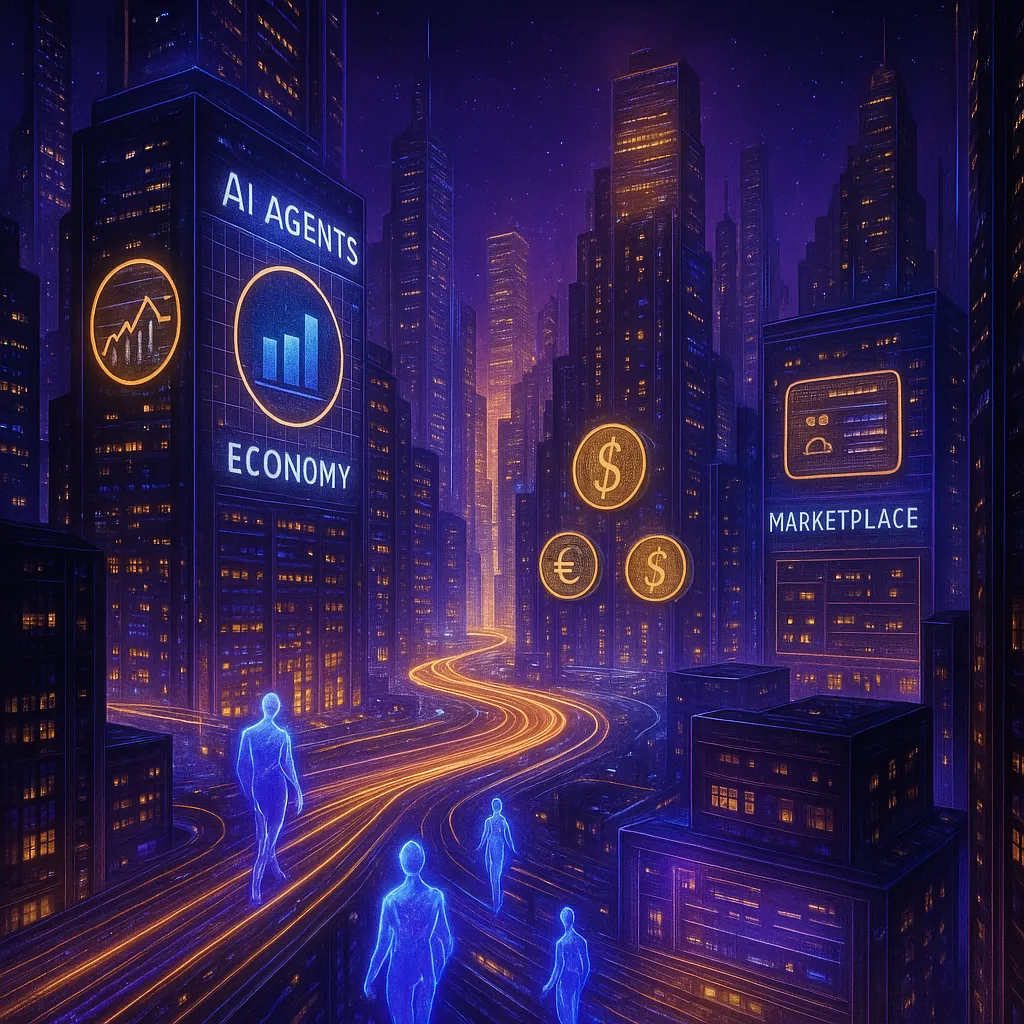
1. Agent Optimization (AO)
Just as we have SEO to make websites discoverable to search engines, we’re about to see the rise of Agent Optimization (AO). This will be the discipline of making your agent discoverable, trustworthy, and appealing to other agents. A well-crafted Agent Card will be your new homepage, clearly advertising your agent’s skills and reliability to a global network of automated collaborators.
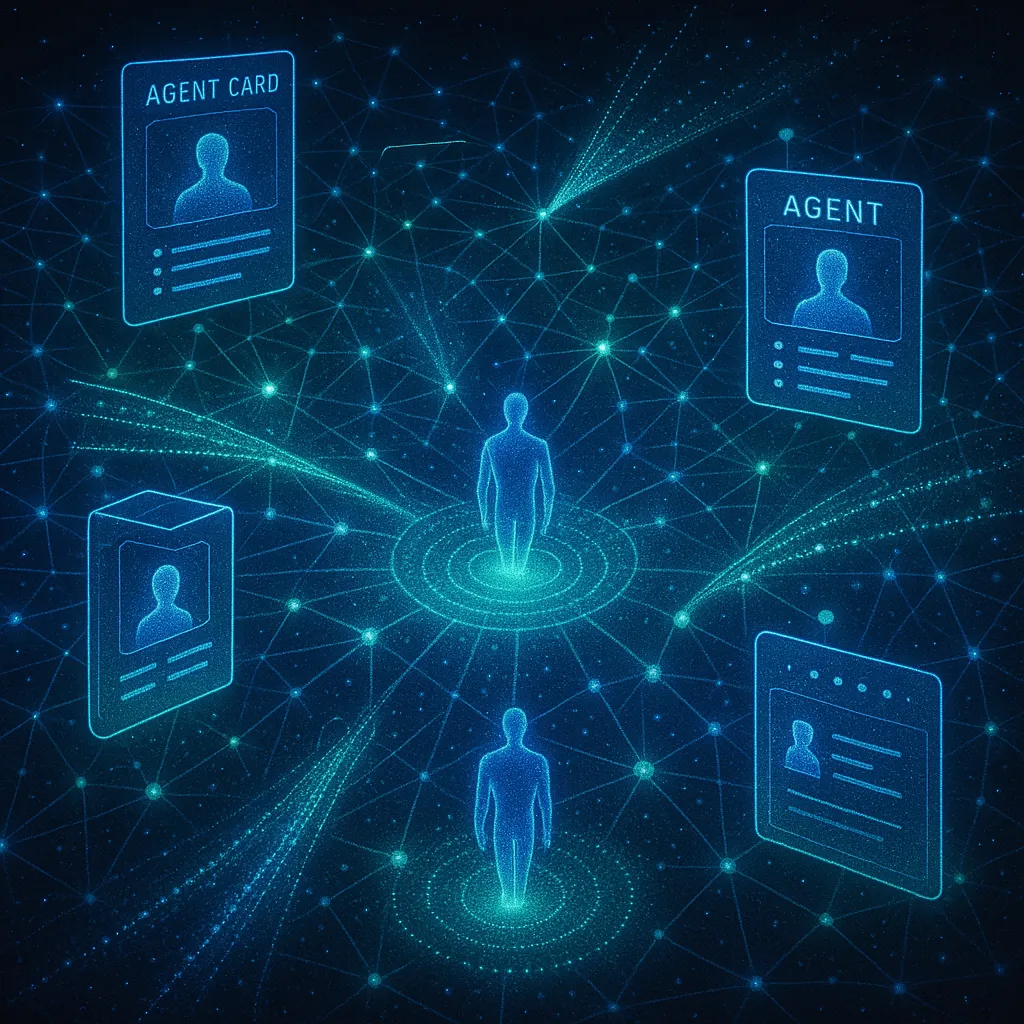
2. Agent Auth and Authz
Security is paramount. In a world where agents transact and share data, we need robust ways to manage identity. This is where Authentication (Auth) and Authorization (Authz) come in. Authentication is about proving an agent is who it says it is, often using standards like OAuth 2.0 and JWTs. Authorization is about defining what an authenticated agent is allowed to do. The A2A protocol is built with these enterprise-grade security concepts at its core, ensuring that collaboration happens within a framework of trust.
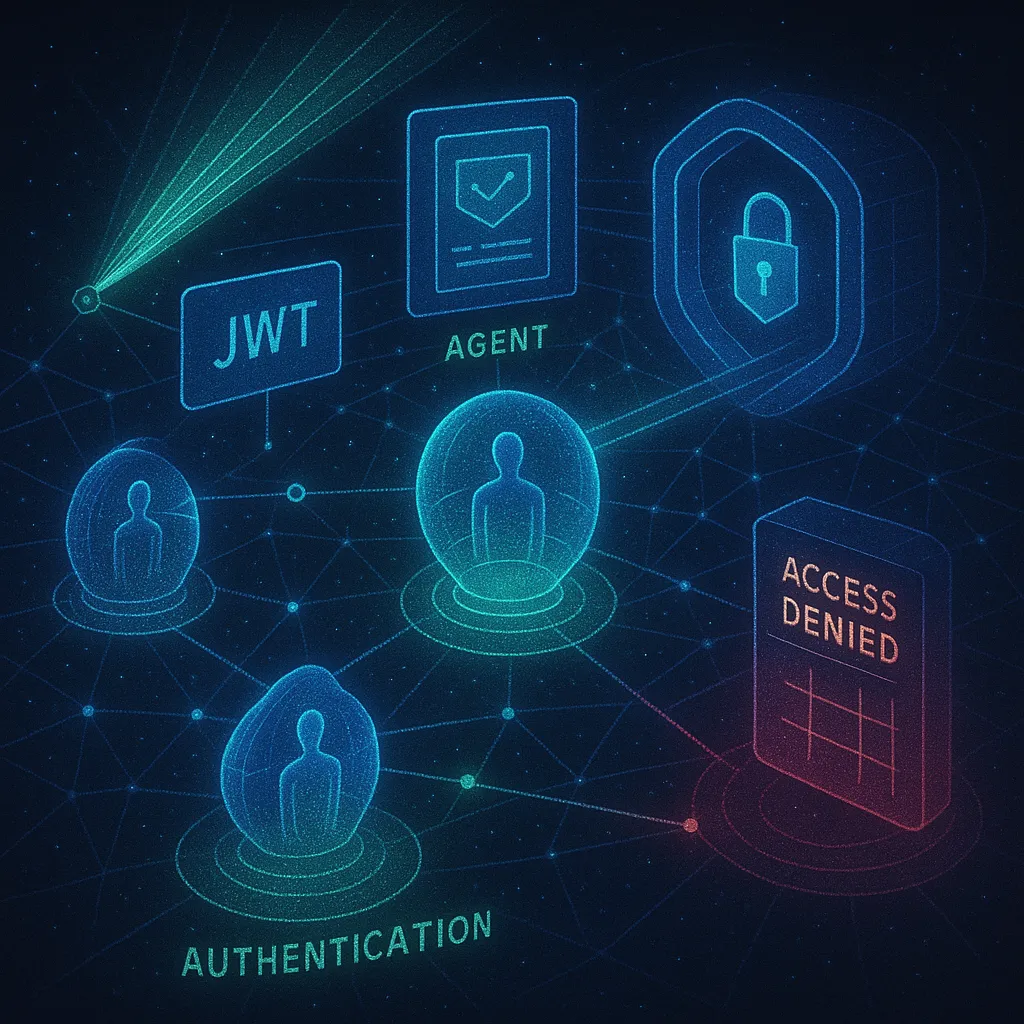
This is where my library, phlow, comes in. phlow is the JWT authentication foundation for the A2A Protocol ecosystem. It enables AI agents to securely authenticate with each other while maintaining full compatibility with A2A standards for discovery, capabilities, and communication. It simplifies securing your agents with features like RS256 signed tokens and native support for Agent Cards, letting you focus on building great agent capabilities.
3. Agent Monetization
How do you make money from an AI agent? Several models are emerging:
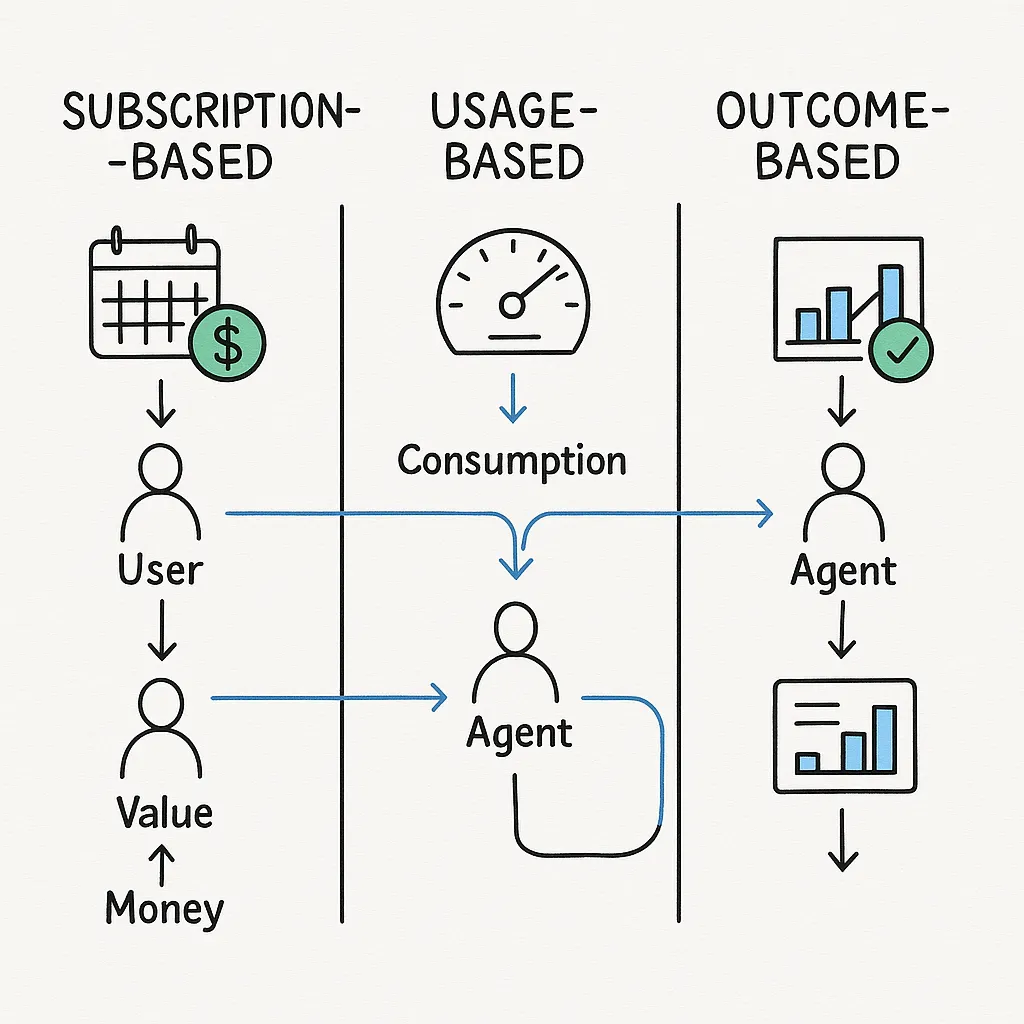
- Subscription-Based: The classic SaaS model. Users pay a recurring fee for access to your agent’s capabilities.
- Usage-Based: Customers pay for what they consume, whether it’s per API call, task completed, or tokens processed. This is great for aligning cost with value.
- Outcome-Based: A more advanced model where you charge based on the successful results your agent delivers, like a resolved customer ticket or a qualified lead.
The most successful strategies will likely be hybrids, blending predictable subscription revenue with flexible, value-aligned usage tiers.
4. Agent Orchestration
While A2A provides the communication rails, you still need an engine to drive the train. Agent Orchestration is the art and science of defining, managing, and observing the complex workflows between multiple agents. An orchestrator acts as the “project manager,” delegating tasks, handling conditional logic, and synthesizing results.
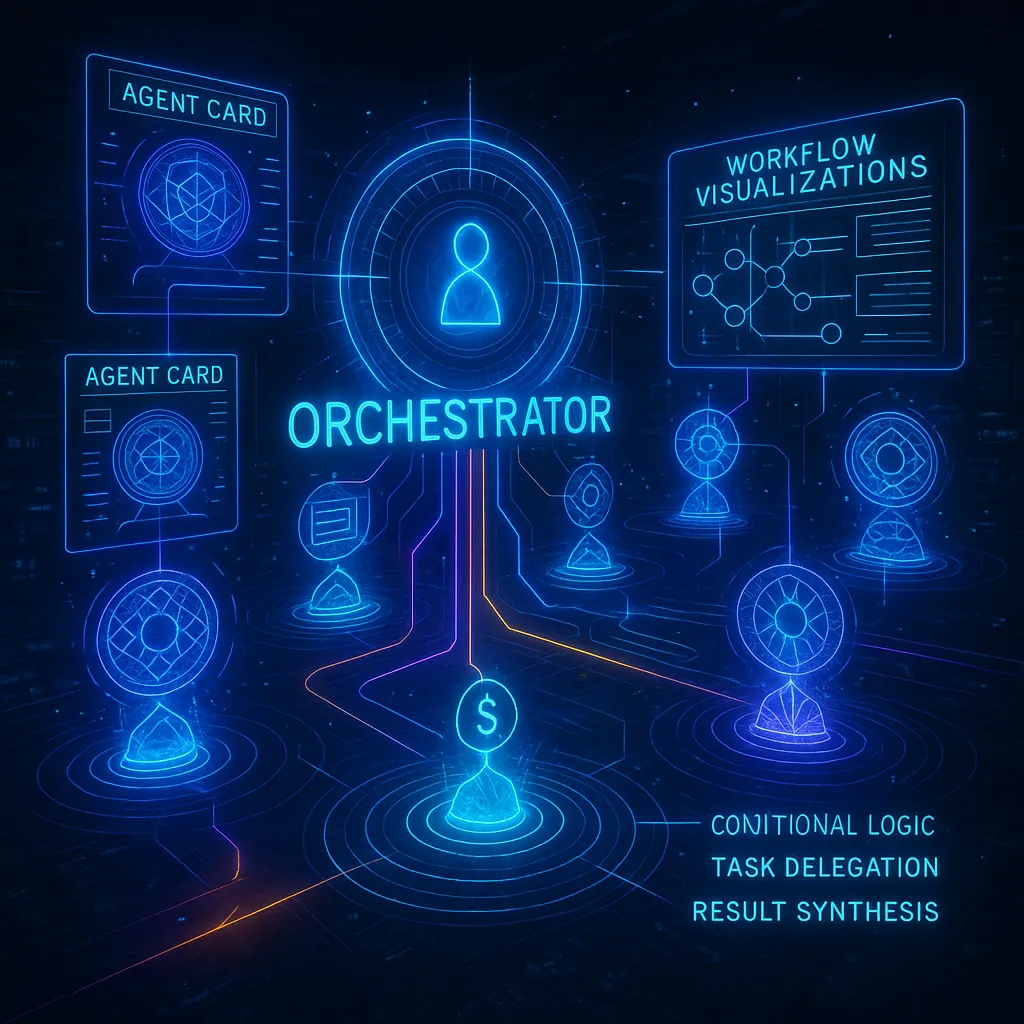
Get Started!
A2A is a foundational piece of AI’s future. The best way to understand it is to jump in.
- Explore: Check out the official A2A Project GitHub repository.
- Experiment: Clone the official samples repo and run the demos.
- Build: Think about a specialized agent you could create. The field is wide open.
Related Posts
The Death of Syntax: Why Code is Becoming the New Assembly
We are witnessing a phase transition in software engineering. Code is becoming a transient artifact, bytecode generated by AI compilers. The future belongs to Architects of Intent, not writers of loops.
Ambient AI: Building Torale from Complexity to Simplicity
The evolution from overengineered web scrapers to grounded search APIs, and what it takes to make information truly ambient. A technical journey through V1's failure, Gemini's unlock, and shipping a production monitoring platform.
What If AI Agents Could Fix MLOps Forever? A Thought Experiment
A wild 2 AM thought experiment: What if AI agents could orchestrate your entire MLOps stack through MCP? From data drift to deployment, explore the future of autonomous ML operations.